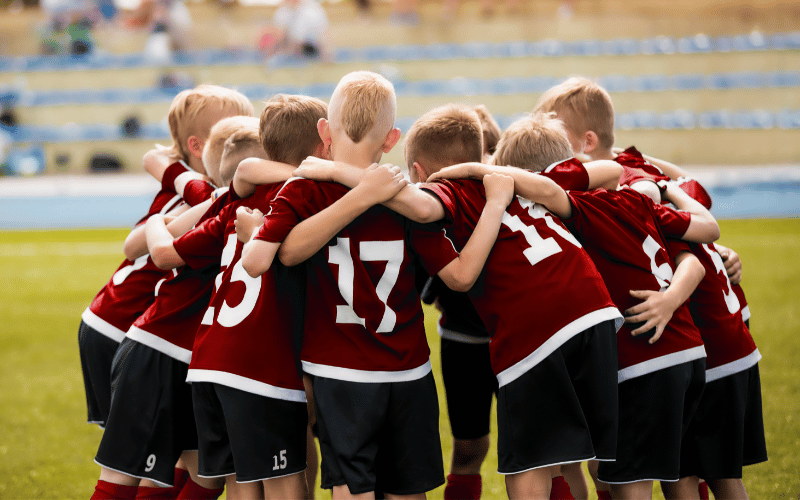Introduction: Ensuring a Safe Sporting Experience for Kids
Youth sports play a vital role in the lives of many children. They help promote teamwork, discipline, and physical fitness. However, as kids engage in these activities, the potential for injuries increases. In this extensive article, we’ll explore the importance of preventing sports injuries among children, discuss effective strategies for injury prevention, and provide tips for fostering a safe environment in youth sports. By understanding how to minimize risks and protect our young athletes, we can ensure that they continue to reap the benefits of sports while staying healthy and injury-free.

The Importance of Preventing Sports Injuries in Children
Why Injury Prevention Matters
Sports injuries can have long-lasting consequences on a child’s physical and emotional well-being. In some cases, these injuries can hinder their overall growth and development, impacting their ability to participate in sports and other physical activities in the future. By taking preventive measures, we can reduce the likelihood of injuries and ensure that children enjoy a healthy, active lifestyle.
The Impact of Injuries on Children’s Health
Injuries sustained during sports can lead to chronic pain, restricted mobility, and long-term health issues. They can also result in a negative attitude towards physical activity, making it challenging for children to maintain a healthy lifestyle as they grow older. Preventing injuries is critical in supporting children’s overall well-being and encouraging a positive attitude towards sports and physical fitness.
Strategies for Preventing Children’s Sports Injuries
Proper Equipment and Gear
One of the primary ways to prevent sports injuries is by ensuring that children wear the appropriate equipment and gear for their chosen activity. This includes helmets, padding, mouthguards, and supportive footwear. Proper gear can significantly reduce the risk of injuries by providing adequate protection and support during play. Parents, coaches, and organizations should prioritize outfitting young athletes with the right equipment to keep them safe and secure.
Age-Appropriate Training and Activities
Another crucial aspect of injury prevention is tailoring training and activities to match the child’s age, skill level, and physical development. Overexertion and inappropriate training methods can lead to injuries and long-term health issues. Coaches should develop age-appropriate training programs that emphasize skill development, gradually increase intensity, and prioritize proper technique.
Warm-up and Cool-down Routines
Implementing warm-up and cool-down routines before and after sports activities is essential for injury prevention. Warm-ups help prepare the body for physical activity by increasing blood flow and loosening the muscles, while cool-downs allow the body to recover and reduce the risk of muscle soreness. Encourage young athletes to incorporate dynamic stretches, light cardio, and gentle muscle activation exercises into their warm-up and cool-down routines.
Emphasize Proper Technique and Form
Teaching children the correct technique and form in their chosen sport is a critical preventive measure. Coaches should focus on helping young athletes develop proper movement patterns and emphasize the importance of maintaining good form throughout their activities. By mastering the fundamentals early on, children can reduce the risk of injury and improve their overall performance in their chosen sport.
Rest and Recovery
Ensuring that young athletes get sufficient rest and recovery time is vital in preventing injuries. Overtraining can lead to fatigue, decreased performance, and a higher risk of injury. Establish a balanced training schedule that allows for rest days and avoids excessive strain on the body. Encourage young athletes to listen to their bodies and communicate any concerns or discomfort to their coaches and parents.